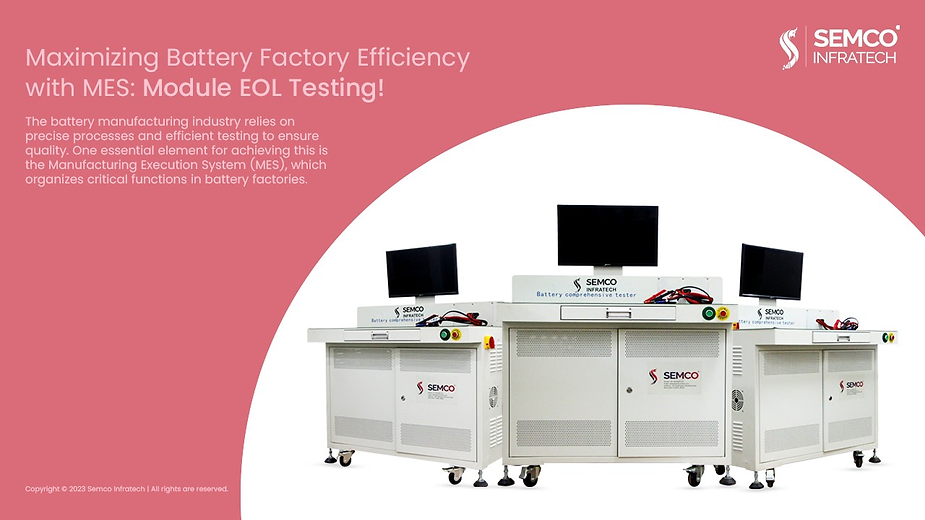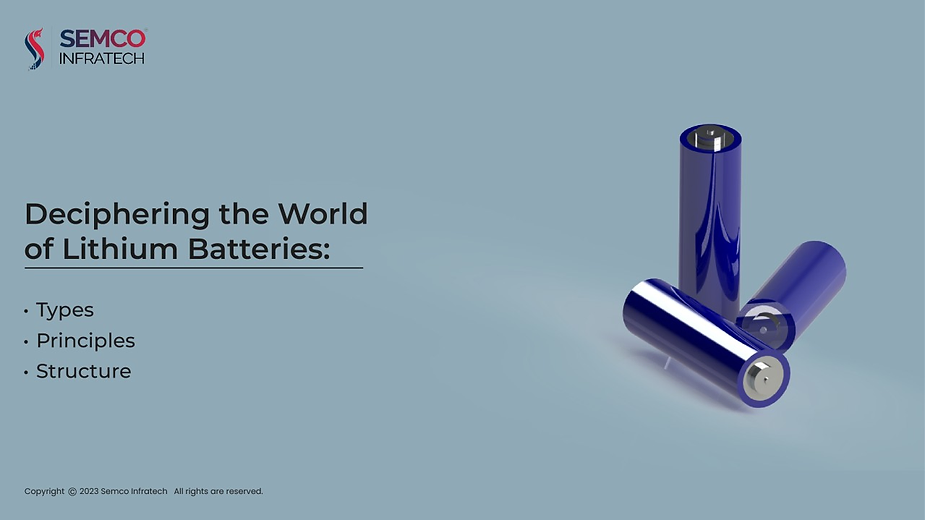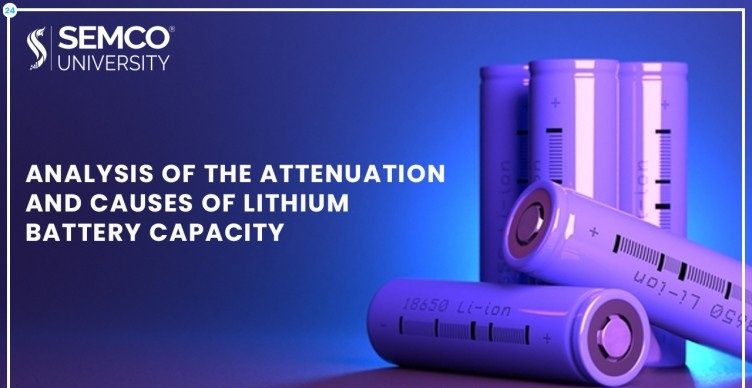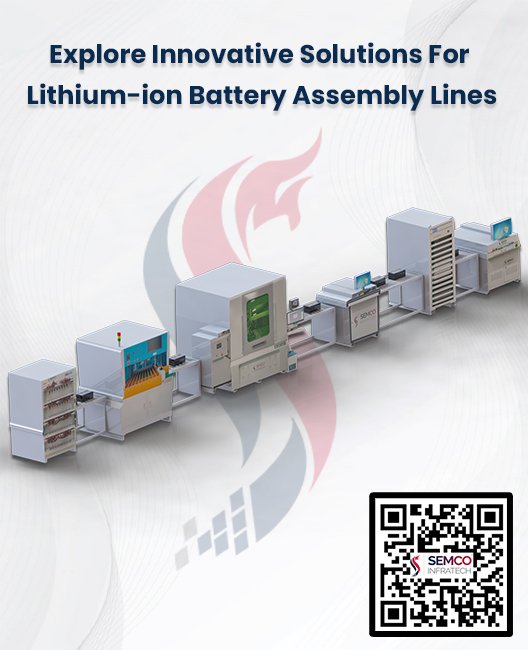The battery manufacturing industry relies on precise processes and efficient testing to ensure quality.
One essential element for achieving this is the Manufacturing Execution System (MES), which organizes critical functions in battery factories. These functions include cell entry inspection, Module End-of-Line (EOL) testing, and PACK package EOL testing.
In this discussion, we will focus on Module EOL testing, a crucial aspect of the battery manufacturing process. Module EOL testing involves a series of steps and parameters to guarantee battery modules’ quality, performance, and safety.
Workstation Description
- Scan and Module EOL Test: The process initiates with scanning a code and conducting a Module EOL test. This test encompasses multiple facets, including the acquisition of module total voltage, monomer voltage, temperature, difference pressure control, internal resistance, insulation voltage resistance, voltage, and temperature detection.
- Wire Harness Plug-in: The low-voltage wire harness plug-in is manually performed, while the remaining testing procedures are automated.
- Temperature Collection: Room temperature is collected and compared with the module collection temperature to determine the normality of temperature collection.
- Insulated Voltage Test: The insulated voltage test cable employs high-voltage-resistant cable as per the original factory manual. By scanning the code, the test formula is automatically called, and the data is recorded, associated with the module code, and uploaded to the MES system.
- Product Flow: Qualifying products are automatically directed to the next station, while non-conforming items are automatically removed at the offline NG station.
Key Parameters for Reference
- Module Voltage Test: Accuracy of ±0.1mV.
- DC Voltage Range for Insulation Test: 0~1000V with a time range of 0.1-99.9s.
- Process Verification and Testing
The module EOL testing process is crucial for ensuring accuracy and integrity. Various parameters, such as
- Module Voltage Test, Internal Resistance,
- Cell Voltage Test, Cell Voltage,
- Open Circuit Voltage Differential Pressure Judgment,
- Total Positive, and
- Shell Insulation Impedance is maintained at precise levels to guarantee the quality of battery modules.
Module EOL testing is a key step in battery manufacturing. It ensures that modules meet strict standards for performance, reliability, and safety. Maintaining the accuracy and consistency of these tests is vital for seamlessly integrating these batteries into various applications, from electric vehicles to consumer electronics.
Summary
This article discussed the importance of a Manufacturing Execution System (MES) in battery production, specifically focusing on Module End-of-Line (EOL) testing. Module EOL testing involves various steps and parameters to ensure battery modules’ quality, performance, and safety.
The process includes scanning, and testing multiple parameters such as voltage and temperature, wire harness plug-in, temperature collection, insulated voltage test, and product flow. The accuracy and integrity of the testing process are crucial to maintaining the quality of battery modules. Module EOL testing plays a vital role in ensuring that batteries meet the required performance, reliability, and safety standards in various industries.






